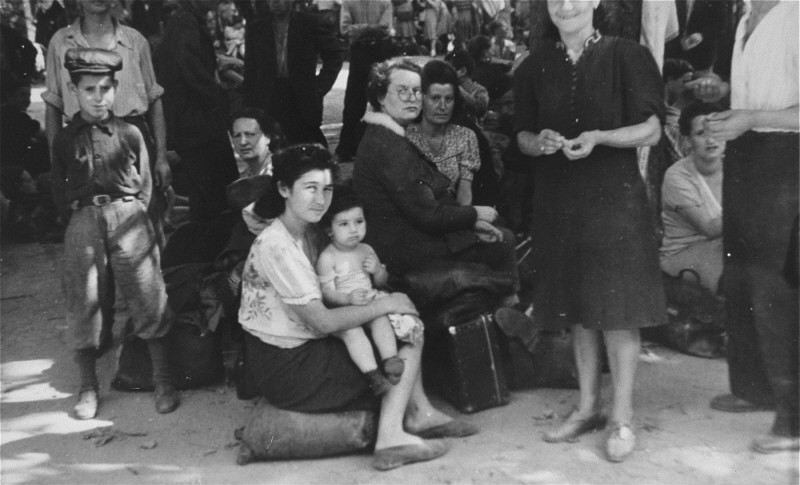
Brihah
What was the Brihah Movement?
Brihah (the Hebrew word for "flight, escape") was the name given to the postwar, organized illegal emigration from eastern Europe into the Allied-occupied zones and Palestine or Israel.
The Origins of Brihah
The clandestine movement of Jews out of Poland to the west had its roots in a conference organized by young Polish Zionists in Lublin in late 1944, following the Soviet liberation of the city. Abba Kovner, partisan and poet, was one of the early leaders of this loose organization that at first had nothing to do with the Jewish authorities in Palestine. Members of the Zionist organizations smuggled thousands of Jews across the Polish borders with Czechoslovakia and Hungary (across the Tatra Mountains from Upper Silesia to Prague and Budapest) and moved them into displaced persons camps in Germany, Austria, and Italy.
The Logistics of the Operation
Officers of the Jewish Brigade of the British army assumed control of the operation, along with operatives from the Hagana (the Jewish clandestine army in Palestine) who hoped to smuggle as many displaced persons as possible into Palestine through Italy. The American Jewish Joint Distribution Committee funded the operation.
As the exodus of Jews intensified after July 1946 (following a pogrom against Jews in Kielce, Poland), the Kovner group established a network of way stations that routed survivors (as well as Polish Jews repatriated from the Soviet Union) into the US-occupied zones of Germany and Austria, as well as Italy. US zone commanders, and Czechoslovak officials, tacitly permitted the infiltration.
How Many People Left through the Brihah Movement?
Figures from the Brihah organization suggest that between August 1945 and the end of June 1946 (before the mass movement following the Kielce pogrom) over 48,000 Jews left Poland in this manner. After July 1946, at least 90,000 more Jews left Poland. The total number is not known with certainty, but it is likely that at least 150,000 Jews reached displaced persons camp (and, subsequently, Palestine or Israel) with the help of the Brihah movement.
Critical Thinking Questions
- What pressures and motivations might have driven Jewish refugees to flee Poland and try to reach Palestine?
- How did other nations respond to the Brihah movement?
- How did the United States and other countries interpret their role when facing a catastrophic refugee crisis in 1939?

